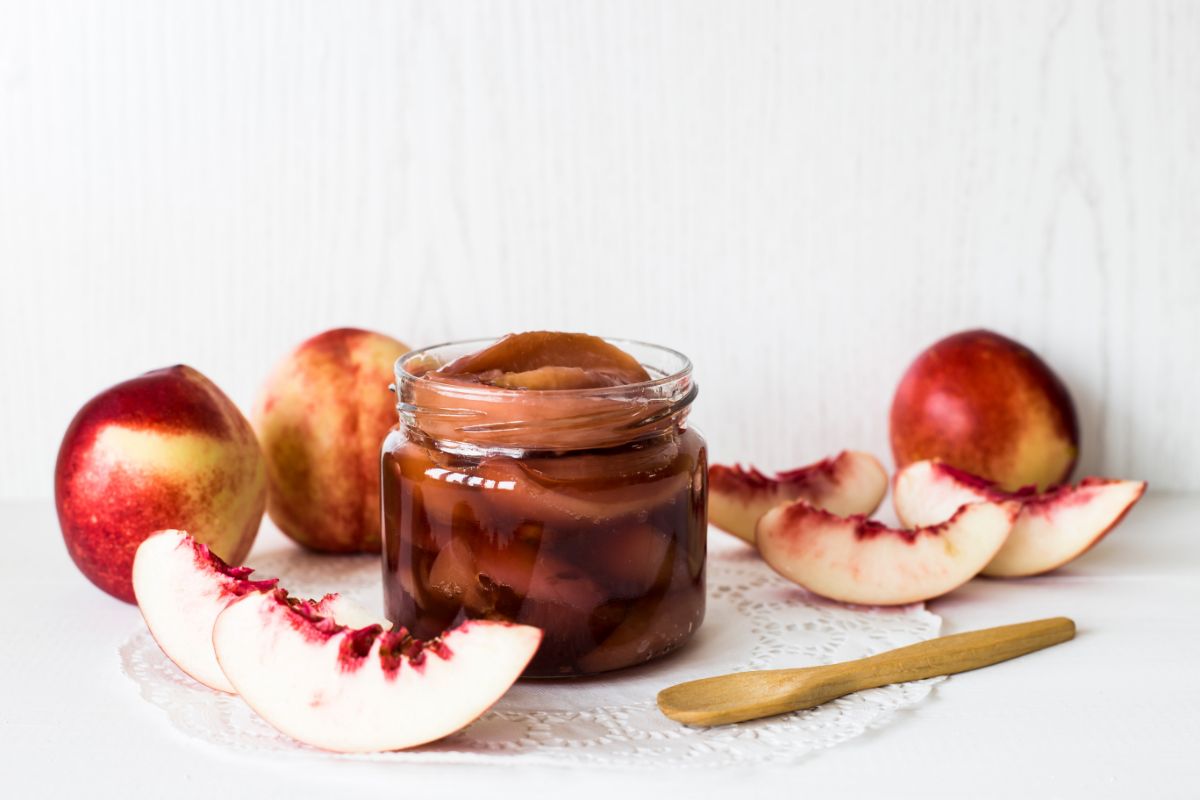Canning nectarines begin by adding pitted and sliced nectarines into hot, simple syrup. Pack nectarines into sterilized jars, leaving 1/2 inch headspace, and process in a water bath canner for 20 minutes.
Should Nectarines Be Water Bath Canned or Pressure Canned?
Nectarines should be water bath canned. Water bath canning is sufficient for fruits with high acidity as it uses a boiling water temperature of around 212°F to create a seal and prevent spoilage.
Pressure canning, on the other hand, involves higher temperatures and is more suitable for low-acid foods like vegetables or meats. Pressure canning can destroy the delicate texture of nectarines by overprocessing them.
Print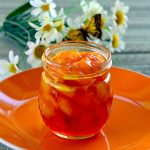
Nectarines in Simple Syrup Canning Recipe
- Total Time: 1 hour, 5 minutes
- Yield: 8 pints 1x
Description
This recipe for canning nectarines in simple syrup will make your taste buds dance with delight, delivering a burst of sweet summer flavor that will bring you back for more. With this recipe, prepare to savor the perfect blend of juicy nectarines and sweet syrup!
Ingredients
- 10 pounds of firm, freestone nectarines
- 2½ cups sugar
- 10 cups water
- 4 tbsp lemon juice
- Ascorbic acid
Instructions
- Fill your pressure canner with two inches of water and set it to low heat.
- Sterilize the canning jars by washing them in boiling water and dish soap or using the sterilize cycle on your dishwasher.
- Clean the canning lids and bands with warm soapy water.
- Warm up the jars by placing them in the canner.
- Put sugar and water in a saucepan. Bring to a boil, making a medium syrup.
- Nectarines are not dipped in hot water like peaches. If you peel them, place them in an ascorbic acid solution to prevent darkening.
- Hot pack – place drained fruit in syrup, water, or juice into a large saucepan. Alternatively, you can use boiling apple juice or white grape juice instead of syrup. Bring the liquid to a boil. Use a ladle to add the mixture to the jars. Leave a ½-inch headspace and place halves in layers, cut side down.
- Raw pack – fill jars with the raw fruit, cut side down. Add hot water, juice, or syrup, leaving ½-inch headspace. Raw packs often yield a less desirable outcome due to floating fruit.
- Remove air bubbles with a soft kitchen instrument and adjust the headspace if needed.
- Wipe the jar rims, place the lids on, and screw the bands down until fingertip tight.
- Submerge the jars in the boiling water canner, ensuring they are fully covered with water. Bring the water to a boil and process per altitude. Raw packs require 5 minutes more per each altitude level than hot packs.
Water Bath Canning Process Times per Altitude
- 0 – 1,000 ft: Pint jars 20 minutes; quart jars 25 minutes
- 1,001 – 3,000ft: Pint jars 25 minutes; quart jars 30 minutes
- 3,001 – 6,000ft: Pint jars 30 minutes; quart jars 35 minutes
- Above 6,001ft: Pint jars 35 minutes; quart jars 40 minutes
Post Processing
- Turn off the heat after the processing time and remove the canner lid. The jars should sit in the canner for 5 minutes.
- Carefully transfer the jars to a clean towel or protected surface using tongs or a jar lifter. Leave them to cool for 12 to 24 hours.
- Test the seals by gently pressing the center of the lids with your thumbs to check for proper sealing.
- Prep Time: 25 minutes
- Canning Time: 40 minutes
Nutrition
- Serving Size: 1 cup
- Calories: 136kcal
- Sugar: 33g
- Sodium: 13mg
- Fat: 1.1g
- Saturated Fat: 0g
- Carbohydrates: 37g
- Fiber: 3.3g
- Protein: 1.1g
- Cholesterol: 0mg
Is it Better to Slice or Halve Nectarines When Canning?
Slicing nectarines allows for a more even cooking process, as the fruit will cook more quickly in thinner slices. This can be helpful if you are canning nectarines for pies or other desserts and want the fruit to be soft. Slicing also makes it easier to pack the nectarines into jars, as you can fill the jars more tightly with thinner slices.
Halving is quicker and easier, as you do not have to slice the fruit. Halving also allows you to keep the natural shape of the nectarines, which can be appealing in some applications. Halved nectarines can also be used in pies or other desserts, but they may need to be cooked longer to ensure they are soft enough.
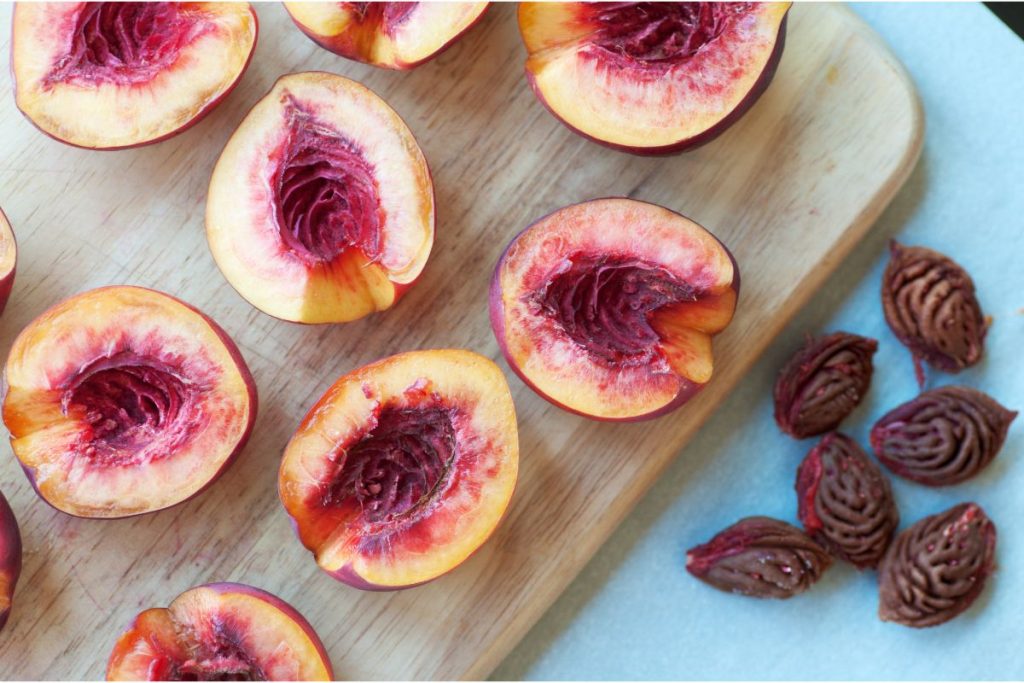
Should You Peel Nectarines Before Canning Them?
This is largely a matter of personal taste, but peeling nectarines before canning is recommended for a few reasons:
- The skin may become tough and chewy after the canning process
- The skin of nectarines becomes bitter after canning
For those who prefer bitterness to cut through the sweetness and don’t mind the skin’s texture, it is perfectly safe to process them with the skin on, provided they are thoroughly washed first.
Can Nectarines Be Canned Without Sugar?
Yes – nectarines can be canned without sugar. Sugar is not a necessary ingredient for canning fruit, but it does help to preserve the color and flavor of the fruit. You must use a different method to prevent the fruit from discoloring if you can nectarines without sugar, such as soaking them in an ascorbic acid solution.
Some common substitutes for canning nectarines include:
- Stevia: A natural, zero-calorie sweetener derived from the stevia plant. It is significantly sweeter than sugar, so a small amount goes a long way.
- Honey: A natural sweetener that adds flavor and sweetness. Remember that honey has a distinct taste that can affect the flavor profile of the canned nectarines.
- Maple syrup: Another natural sweetener with a distinct flavor. It adds a subtle maple taste to the nectarines.
- Fruit juice: Instead of sugar, you can use fruit juice like apple or grape juice to add sweetness and flavor to the canned nectarines.
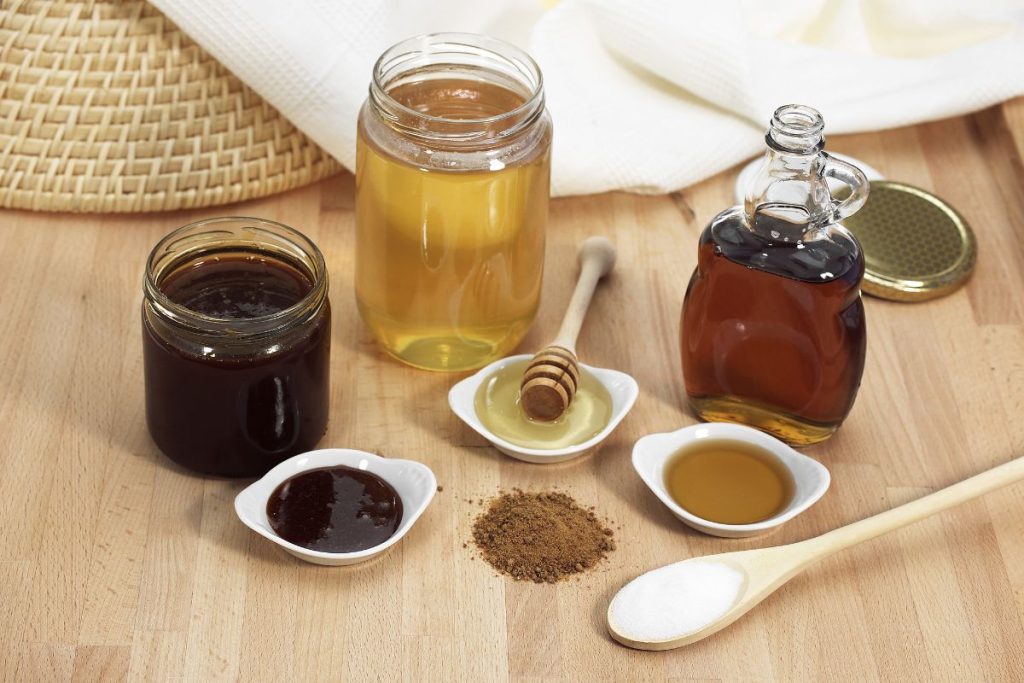
What are the Advantages of Canning Nectarines?
- Canning nectarines allows you to enjoy their delicious flavor and benefits even when the fruit is out of season.
- Canned nectarines can be stored for an extended period without refrigeration.
- Canned nectarines are versatile and can be incorporated into salads, baked goods or used as a topping for ice cream or yogurt.
- Canning nectarines when they are in season and abundant can help save money, as you can take advantage of lower prices.
What are the Disadvantages of Canning Nectarines?
While canning nectarines offers many advantages, there are a few potential disadvantages.
- Canned nectarines may experience a slight loss in texture compared to fresh due to the heat and extended processing time.
- Some nutrients, like vitamin C, can be partially lost during the canning process due to exposure to heat.
- Canning nectarines involves several steps, including blanching, peeling, slicing, and canning, which can be time-consuming and labor-intensive.
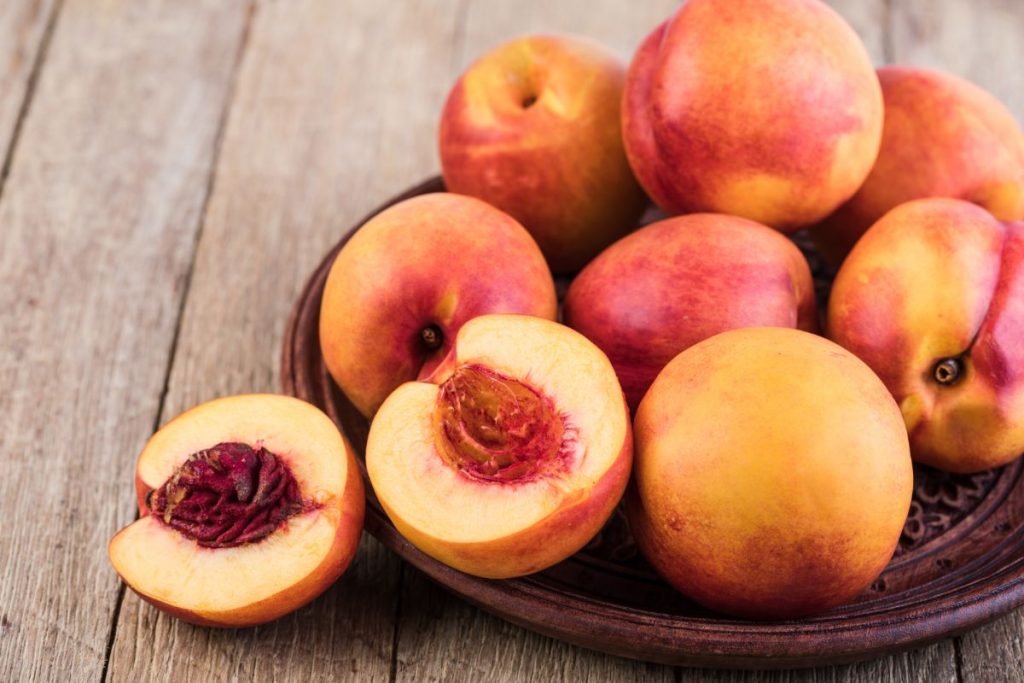
What is the Nutritional Value of Canned Nectarines?
Canned nectarines are a good source of vitamins A and C and are also low in calories. A 1-cup serving of canned nectarines has 61 calories. It provides 13 percent of the recommended daily value for vitamin A and 19 percent of the DV for vitamin C. Canned nectarines also contain small amounts of other minerals and vitamins, including magnesium, folate, and potassium.
How to Store Canned Nectarines
- After canning, allow the jars to cool completely at room temperature.
- Once the jars have cooled and are sealed, label them with the canning date.
- Find a cool, dark location for storing the canned nectarines away from direct sunlight and heat sources.
- Periodically check the jars for any signs of spoilage, such as bulging lids, leaks, or mold growth, and discard any that show these signs.
How Long Do Canned Nectarines Last?
When properly stored, canned nectarines can last 1 to 2 years. The exact shelf life depends on factors such as the quality of the canning process, the specific recipe used, and the storage conditions. However, it’s recommended to consume canned nectarines within a year for the best quality and flavor.

